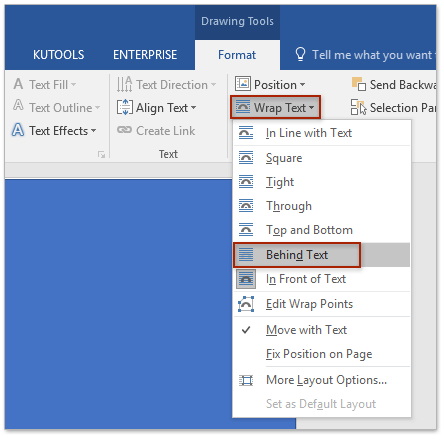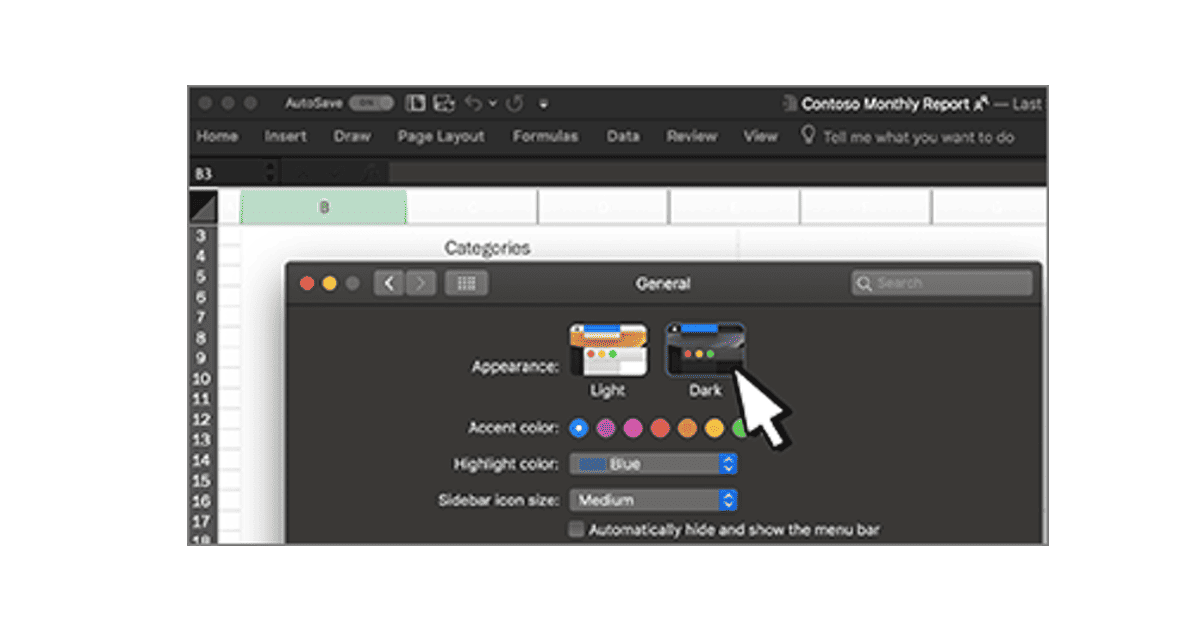
In Word, you must define a new set of paper settings to create a larger size document. Instead, it compensates for minor inaccuracies of the printing, trimming and folding to ensure that there is no unprinted white paper on the edges of the finished pieces. The ⅛” extension will not be in the final product. Usually, this means extending the size, and design of the document by ⅛” on all sides.
#ADD BACKGROUND IMAGE TO WORD 365 FOR MAC FULL#
When designing for full bleed, the design must extend beyond the size of the document required. Word, Google Docs, and Pages each have their own settings to do this, and they're pretty similar. Then you can trim the document down to the required size. The secret to printing full-bleed documents in Word when your printer does not support edge-to-edge printing is to print a larger size than you need. Step 2: Print on a larger size of paper than you need the final document to be There is, however, a workaround to enable you to print a full bleed document with Word even if your printer does not support borderless printing. Many printers do allow edge-to-edge printing though, such as the wide-format Canon imagePROGRAF iPF610, but it’s not as common of a feature in desktop printers.

Choose Printing Preferences from the pop-up menu.Startup Menu > Devices and Printers > Right-click on the printer icon.To see if your printer settings can be changed to accommodate full bleed printing, follow these steps on your computer: Most MFPs are not actually capable of printing to the edge of the page since the machinery requires a small amount of space to help feed the paper through the paper path. Typically, only large digital press printers using rolls of paper can print right to the edge. If your printer is capable and set up correctly, your document will print across the full width of the paper.

If you click Ignore, Word won’t change the zero values, and any content in the non-printable area will not be printed. If after changing the margins, Word displays a warning telling you that one or more margins are set outside of the printable area of the page, click Fix to have Word override your zero margins with the minimum allowable for your device. Clicking Layout > Margins > Custom Margins.You can change this default setting to reduce or eliminate the amount of white space on your page by: The default margin in Microsoft Word is one inch all the way around your document. Step 1: Determine if your printer is capable of edge-to-edge printing So how is full bleed printing achieved in simple desktop programs?

While Graphic Designers and Marketers have access to advanced graphic design programs, like Photoshop or Illustrator, the average employee uses office programs such as Microsoft Word, Google Docs, or Pages. With full bleed printing, whatever you want to bleed must be positioned past the document edges. The ‘bleed’ refers to the slight overlap of the printed area beyond the edge of a printed page, and it ensures there is no white space around the edges. Edge-to edge-printing, or borderless printing, is called ‘full bleed’ printing. If you’re printing a poster, a photo, or making a business card, for example, you might want to print to the very edges of the page. However, this can be troublesome when you start getting into more graphics-heavy documents designed to the edge.

After all, the majority of office printing/documents are manuals, presentations, forms, proposals, etc. This white space is great when printing a text document as it provides a frame for the words. Even if you have taken the design to the edges on your computer screen, there will almost always be default white space where your design does not print. In almost every case, and with every program, when you print a document, it contains print margins. We break it down, so you look like a graphics pro. The (semi) age-old question of printing with full bleeds in office programs.


 0 kommentar(er)
0 kommentar(er)
